2019-08-20 09:28
Double-digit Growth for Container and Bulk Cargo Transport on Inland Waterways
Hamburg is Germany's biggest universal port and, with 9.9 million tons throughput in 2018, its second biggest inland port. For the first quarter of 2019, the recently published inland vessel data from the northern statistics office reports 34,640TEU - 20ft standard containers for the Port of Hamburg.
This represents an increase of 20 percent in comparison with the same period last year. Additionally, in the first three months of 2019, at 2.57 million tons, the total quantity of cargo carried by inland waterway craft between the Port of Hamburg and its hinterland achieved double-digit growth of 12.1 percent.
One limiting influence on the further development of quantities by inland vessel this year has been the barely navigable River Elbe caused by low water since May. From Stefan Kunze's point of view; he is head of the Port of Hamburg Representative Office in Dresden, against this backdrop it is difficult to forecast the ongoing development of cargo quantities carried by inland vessels on the Elbe this year.
Already last year, for the Middle and Upper Elbe from the Geesthacht lock to the next one at Usti nad Labem in Czechia, that is to say the undammed section, navigation was difficult. At times, from June onwards on this section of the river, inland shipping came to a standstill because of inadequate draft.
Fundamentally, the expected increase in seaport-hinterland traffic in the coming years will open up very good prospects for Hamburg for more shipments by inland craft in the Elbe river basin.
However, in Kunze's view, this calls for better alignment of the infrastructure to the operating requirements of inland shipping. He stresses that: Digitalization and intermeshing the various carriers, construction work on the waterways and optimized coordination of inland vessel calls in the Port of Hamburg, will in future lead to more cargo and simplified handling of transport chains along the Elbe and Elbe Lateral Canal.
This represents an increase of 20 percent in comparison with the same period last year. Additionally, in the first three months of 2019, at 2.57 million tons, the total quantity of cargo carried by inland waterway craft between the Port of Hamburg and its hinterland achieved double-digit growth of 12.1 percent.
One limiting influence on the further development of quantities by inland vessel this year has been the barely navigable River Elbe caused by low water since May. From Stefan Kunze's point of view; he is head of the Port of Hamburg Representative Office in Dresden, against this backdrop it is difficult to forecast the ongoing development of cargo quantities carried by inland vessels on the Elbe this year.
Already last year, for the Middle and Upper Elbe from the Geesthacht lock to the next one at Usti nad Labem in Czechia, that is to say the undammed section, navigation was difficult. At times, from June onwards on this section of the river, inland shipping came to a standstill because of inadequate draft.
Fundamentally, the expected increase in seaport-hinterland traffic in the coming years will open up very good prospects for Hamburg for more shipments by inland craft in the Elbe river basin.
However, in Kunze's view, this calls for better alignment of the infrastructure to the operating requirements of inland shipping. He stresses that: Digitalization and intermeshing the various carriers, construction work on the waterways and optimized coordination of inland vessel calls in the Port of Hamburg, will in future lead to more cargo and simplified handling of transport chains along the Elbe and Elbe Lateral Canal.
< Korea Shipping Gazette >
많이 본 기사
- HMM, 4번째 9000TEU급 신조 컨선 부산-남미동안항로 취항‘남미 30%대 껑충’ 컨운임지수 2주만에 1400선 회복벌크선시장, 철광석 수요 활황에 선복 부족 이어져팬스타그룹 2500t급 연안유람선 부산서 첫 뱃고동부산항만공사, 스마트항만 기술혁신포럼 개최中 시안-체코 프라하 정기화물열차 운행 개시대만 3대 선사 3분기에 영업익 1.7조 합작KMI, 부산국제금융진흥원과 해양수도 금융전략 논의부산신항 비엔씨티, 김장김치 1100박스·700만원 기탁HD현대, 디지털·AI 앞세워 2030년 ‘매출 100兆’ 목표 제시
- 박정석 한국해운협회장, 명예 해기사·1급항해사 위촉인천공항공사–항공대, 공항직원 전문교육 확대 나선다BPA, 환적모니터링시스템 포트아이 16일 先배포해양수산연수원 오션폴리텍 교육생 헌혈증 120장 기부조선기자재연구원, 산업혁신기술지원플랫폼 사업성과·과제 공유건강칼럼/ COPD 환자, 추우면 ‘숨’이 힘겹다!중국유럽정기화물열차 누적 운행횟수 12만회 돌파울산항만공사, 공공기관 중 유일 폭력예방교육 우수기관 선정IPA, 인항고·인천해사고에 장학금 2000만원 전달인사/ 해양수산부






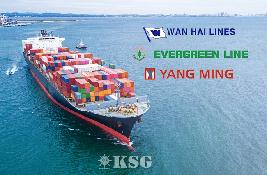

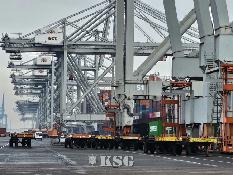



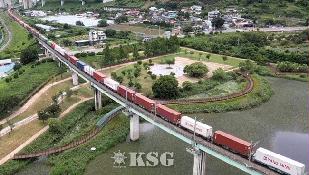



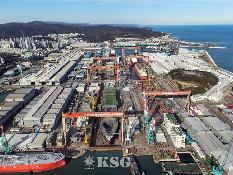

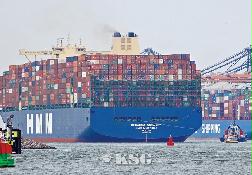
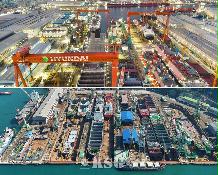






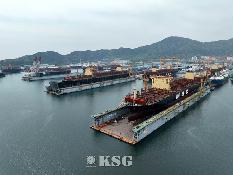


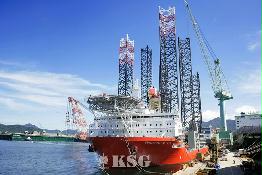
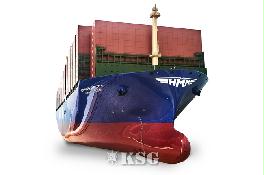
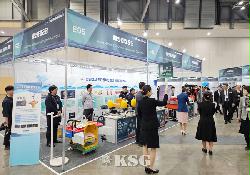
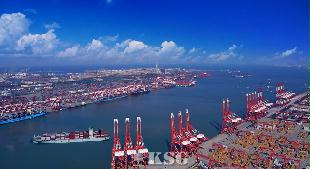
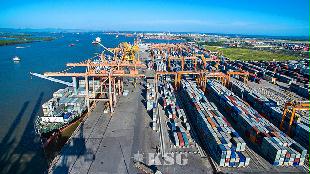
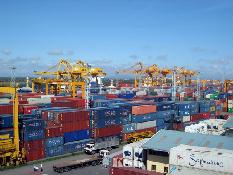






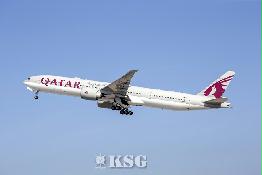
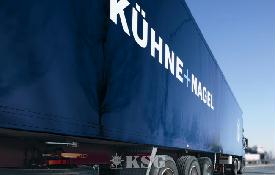
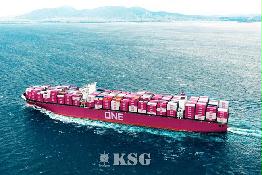






















0/250
확인